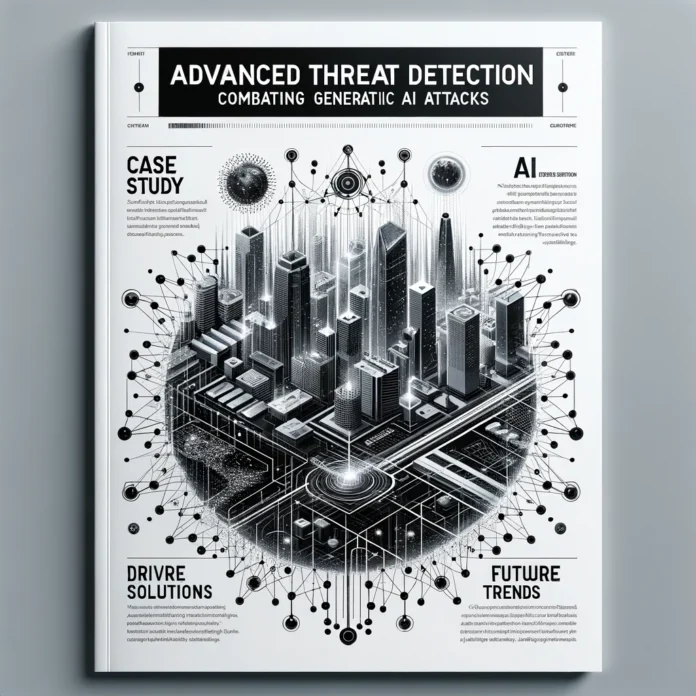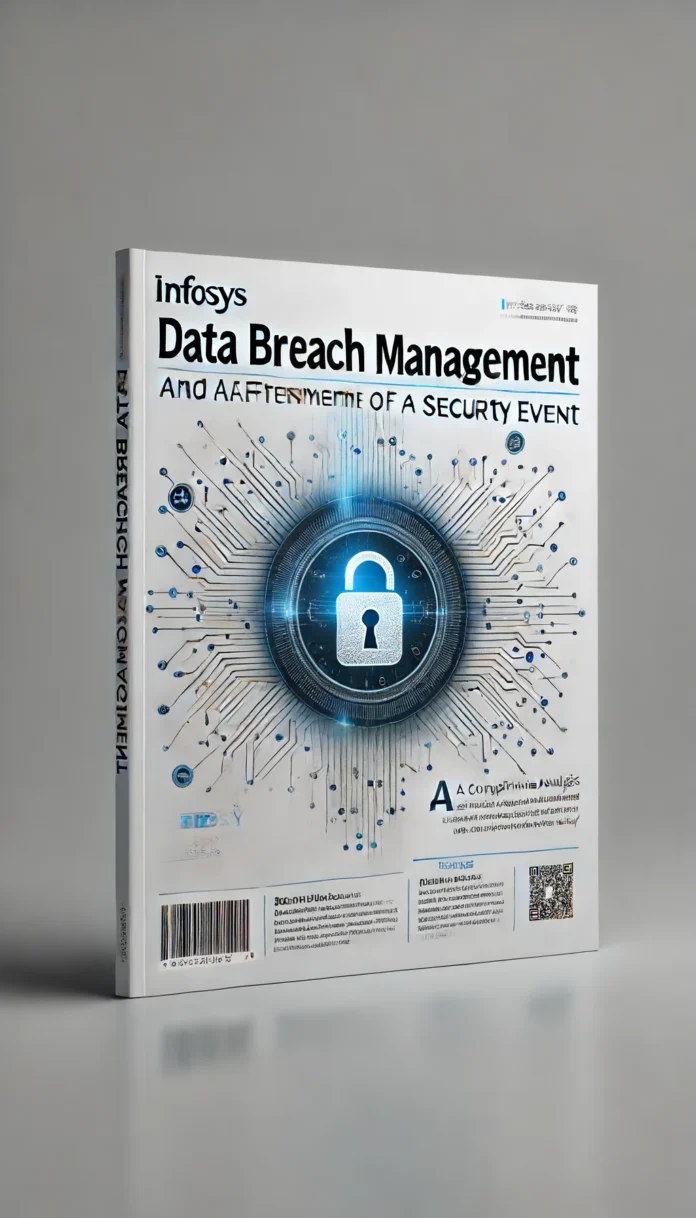In today’s digital age, cybersecurity skills are in high demand. Whether you are a novice looking to enter the field or an experienced professional aiming to enhance your skills, choosing the right online course is crucial. With a plethora of options available, finding a course that matches your skill level and career goals can be overwhelming. This article provides a detailed guide to help you navigate this decision, ensuring you select a course that maximizes your learning potential and career growth.
Understanding Your Skill Level
Before diving into course selection, it’s essential to assess your current skill level. Understanding where you stand will help you choose a course that neither overwhelms you nor fails to challenge you. Here are the primary skill levels:
- Beginner: Little to no prior knowledge of cybersecurity. Focus on foundational concepts.
- Intermediate: Basic understanding of cybersecurity principles. Ready for more technical and hands-on topics.
- Advanced: Significant experience in cybersecurity. Looking for specialized or niche topics.
Key Factors to Consider When Choosing a Cybersecurity Course
1. Course Content and Curriculum
Ensure the course content is comprehensive and up-to-date with the latest cybersecurity trends and technologies. Look for courses that cover essential topics relevant to your skill level:
- Beginners: Network security basics, common threats, introduction to cryptography.
- Intermediates: Penetration testing, incident response, advanced network security.
- Advanced: Cyber threat intelligence, advanced ethical hacking, security architecture.
Tip: Verify that the course includes practical labs or simulations, as hands-on experience is critical in cybersecurity.
2. Instructor Expertise
The quality of instruction can significantly impact your learning experience. Research the instructors’ backgrounds and their professional experience in cybersecurity. Look for instructors who are recognized experts in the field and have relevant industry certifications.
3. Course Format and Flexibility
Consider the format and flexibility of the course. Online courses can be self-paced, live, or a combination of both. Choose a format that fits your learning style and schedule. Additionally, check if the course offers lifetime access to materials, which can be beneficial for revisiting content as needed.
4. Certification and Accreditation
Certifications can add value to your resume. Look for courses that offer recognized certifications upon completion, such as CompTIA Security+, Certified Information Systems Security Professional (CISSP), or Certified Ethical Hacker (CEH). Accredited courses are often more reputable and widely recognized by employers.
5. Reviews and Testimonials
Reviews and testimonials from past students can provide valuable insights into the course quality and effectiveness. Look for courses with positive feedback regarding the comprehensiveness of the curriculum, the expertise of the instructors, and the overall learning experience.
6. Cost and Value
While cost should not be the sole deciding factor, it’s important to find a course that offers good value for money. Compare the pricing of similar courses and evaluate what is included in the fee (e.g., access to materials, certification costs).
Top Cybersecurity Online Courses for Different Skill Levels
For Beginners
- Cybersecurity Fundamentals (Coursera)
- Provider: University of Maryland
- Duration: 8 weeks
- Cost: Free (with optional paid certification)
- Overview: Covers the basics of cybersecurity, including network security, cryptography, and risk management.
- Introduction to Cyber Security (edX)
- Provider: NYU (New York University)
- Duration: 10 weeks
- Cost: Free (with optional paid certification)
- Overview: Focuses on essential cybersecurity concepts, cyber threats, and security protocols.
For Intermediate Learners
- CompTIA Security+ (Udemy)
- Instructor: Mike Meyers
- Duration: 18 hours
- Cost: $199.99 (frequent discounts available)
- Overview: Prepares students for the CompTIA Security+ certification, covering network security, compliance, and operational security.
- Cybersecurity Analyst (Cybrary)
- Instructor: Ken Underhill
- Duration: 25 hours
- Cost: $59/month subscription
- Overview: In-depth training on threat management, security architecture, and tools used by cybersecurity analysts.
For Advanced Professionals
- Certified Information Systems Security Professional (CISSP) (Pluralsight)
- Instructor: Troy Hunt
- Duration: 40 hours
- Cost: $499/year subscription
- Overview: Comprehensive preparation for the CISSP certification, covering all domains of the CISSP CBK.
- Advanced Cybersecurity Program (Stanford University)
- Duration: 6 months
- Cost: $3,200
- Overview: Focuses on advanced topics such as cyber threat intelligence, security architecture, and ethical hacking.
Statistical Data Supporting the Value of Cybersecurity Education
The cybersecurity field is growing rapidly, with a significant skills gap. According to (ISC)², the cybersecurity workforce needs to grow by 145% to meet global demand . Furthermore, the U.S. Bureau of Labor Statistics projects a 31% increase in information security analyst jobs from 2019 to 2029, much faster than the average for all occupations . Investing in cybersecurity education not only enhances individual skills but also meets the critical demand for qualified professionals in the industry.
Conclusion
Choosing the right cybersecurity online course requires careful consideration of your current skill level, the course content, instructor expertise, and the course’s overall value. By following the guidelines outlined in this article, you can select a course that aligns with your career goals and helps you stay ahead in the ever-evolving field of cybersecurity. Stay informed, invest wisely in your education, and build a strong foundation to protect the digital world.





